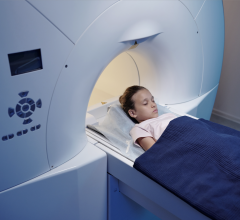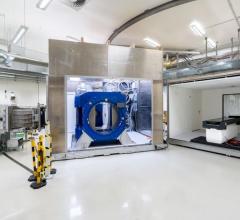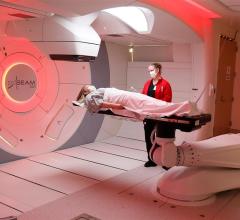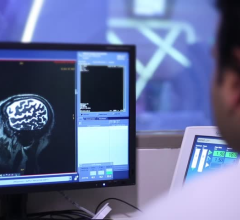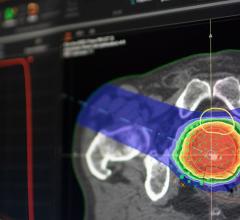July 29, 2008 - One of the most effective means of treating cancers is via radiation therapy.
However, ionization and its by-products damage both the cancer and normal cells. Accuracy and precision of the radiation delivered to the tumor and the ability to spare normal tissue determine patient outcomes. Recently, high energy proton beams have been shown to be more precise in delivering energy to the tumor than photon beams, but even with advanced treatment planning, the delivery of the beam to the tumor may deviate from the treatment plan due to the complications of the anatomy and motion of patients.
The ability to see the location and measure the amount of energy delivered during the treatment in real time would allow radiation oncologists to adjust the energy delivered to the tumor assuring that the prescribed energy is delivered at right location. Since high energy protons and photons induce gamma rays via interaction with nuclei in the human body by imaging the gamma rays, one could see the location and measure the amount of energy delivered during treatment. Unfortunately, the penetration power of the emitted gamma rays is too high to be stopped and imaged with conventional medical imaging modalities in real time.
Using principles adapted from gamma ray astronomy, a research team at the University of Florida is working to develop a modality capable of imaging the gamma rays in 3D. The team has designed an imager using a new material, LaBr3, with high stopping power. The researchers are now optimizing the design and doing bench-top testing, which has demonstrated the feasibility of this concept with a precision of about 5mm at 10 cm distance.
As the next step, the team will prototype and test the imager in radiation therapy clinical facilities using proton and photon beams. Yuxin Feng, M.D., a member of the Florida team, believes that the challenge of accelerating image reconstruction speed to achieve real or near real time imaging is achievable with the development of image reconstruction and computing power, making real-time imaging in proton therapy a reality.
For more information: www.aapm.org
Source: American Association of Physicists in Medicine

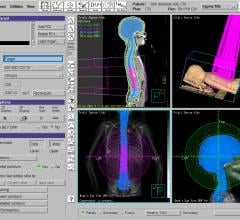
 May 06, 2024
May 06, 2024 

